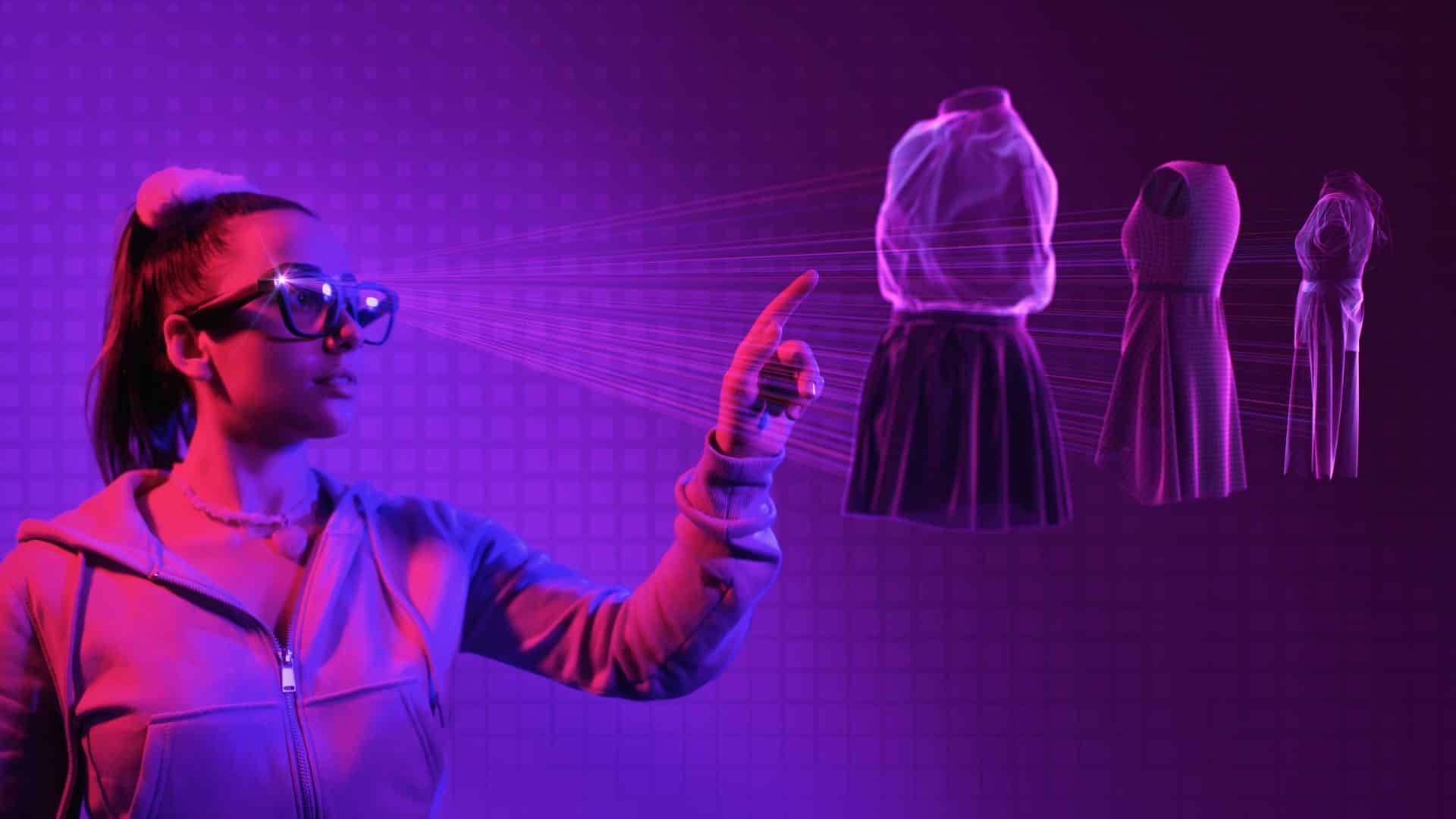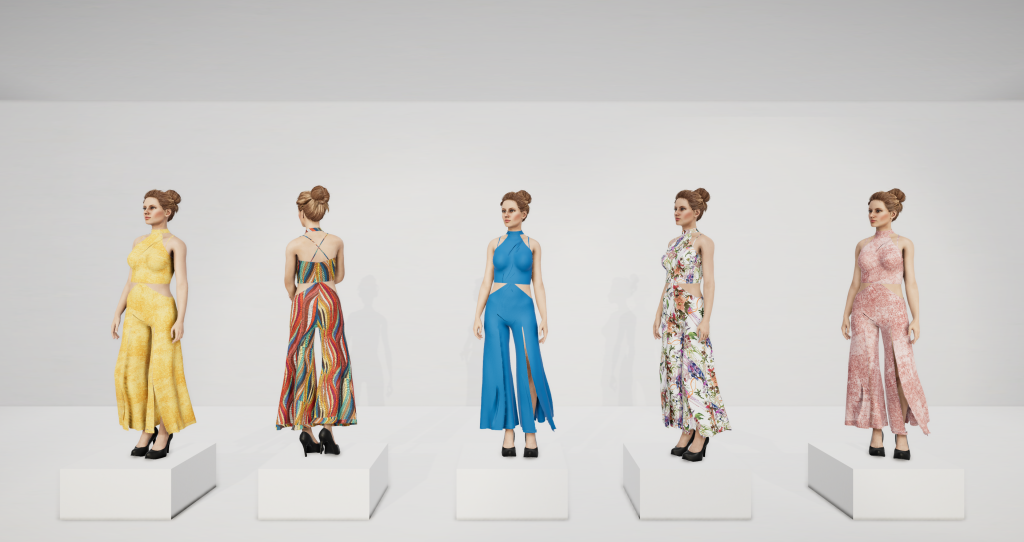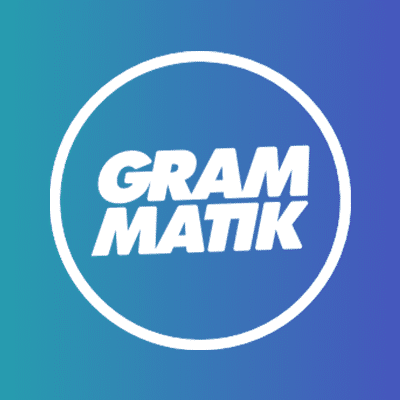
What is Web3?
Web3 is the next evolution of the internet. Web 2.0 is what we are using right now, characterised by user-generated content (UGC) still managed and run through tech giants such as Meta and Google. Through Web3, users will be able to own their data, and this content can only be shared with approved parties by their creators. Such a decentralised version of the internet will allow for more transparency and control over data, improving efficiency and transparency for both creators and consumers.
Web3 in the fashion industry
When it comes to the fashion industry, Web3 can support brands in their production and distribution processes. For example, a more secure version of the internet will solve the problem of counterfeit orders, as NFTs (Non-Fungible Tokens) are an optimal way to record an item’s journey from ideation, to production and commercialisation. Therefore the potential for forgeries has been removed.
Similarly, Web3’s traceability allows companies to secure their supply data chain in all steps of production. Web3’s use of blockchain technology, through which negotiations can’t be modified, guarantees transparency around all creative and distribution processes.

The future of fashion on Web3
A clear example of what could happen in the future of fashion through Web3 has already been tested by Move AI and the Fashion Innovation Agency (FIA). Apart from being one of Grammatik’s clients, Move AI is at the forefront of markerless motion capture, offering a variety of services to its clients — from single-camera, to multi-cam and real-time mocap.
Through this partnership with the FIA, Move AI was able to motion capture multiple people and transform them into digitally-animated models. No need for suits, expensive mocap gear or reflective tracking dots. Move AI only uses five cameras to record up to six subjects with extreme precision, including accurate limb articulation and even finger movement details. Upscaling is possible and a bigger space, such as a football field, would allow to mocap up to 22 people.
Applying markerless motion capture to the fashion industry could lead to greater customer engagement and in return higher sales. In an era where everything can exist in a digital realm, fashion needs to find more ways to break through this barrier by proposing more appealing ways to shop online and view new collections.
Generative AI’s contribution
Web3’s integration with generative AI will also improve customer experience. Consumers can try on clothes virtually by creating avatars, making purchasing an item more bespoke and direct. This tech combination can also encompass clothing rental and garment ideation. Once again, by using NFTs, consumers will be supported in the clothing rental process, reinforcing the much-needed path to a circular economy. Moreover, consumers will be able to give their two cents on their clothing preferences. By utilising AI, they can request specific characteristics or personalisation of their clothing purchases, making them unique and one of a kind.
Using AI in the supply chain has also proved to boost sustainability, with large corporations such as H&M and Zara already taking advantage of this new technology.
For instance, designers have been submitting written prompts for their clothing ideas, which supported by Artificial Intelligence, which have in turn created a faster, more affordable and more sustainable industry trend. Similarly, AI will also benefit online customer satisfaction, with consumers being able to request product recommendations from AI-powered shopping assistants.
AI and Web3’s application to the fashion sector will deliver consumers a whole new shopping experience, guaranteeing company efficiency and higher sales. Employees concerned about job losses should take some comfort in the fact that these new technologies may only signify a transformation in job allocation and not necessarily layoffs. New roles will be created to accommodate the changing nature of all sectors, which will certainly be more and more characterised by a tight collaboration between human effort and technological development.
Are you looking to promote your Web3 or AI-centric business and in need of ideas for marketing and PR ? Check out our Services page and drop us a message below.

©️2024 Grammatik Agency, Second Home, 125–127 Mare St, London E8 3SJ.
[email protected]
+44 (0)20 3950 7057 Privacy policy